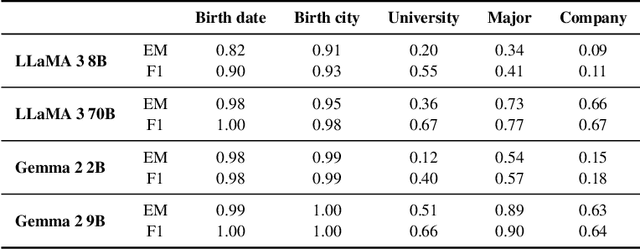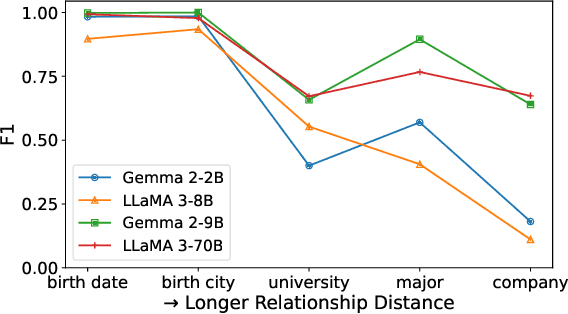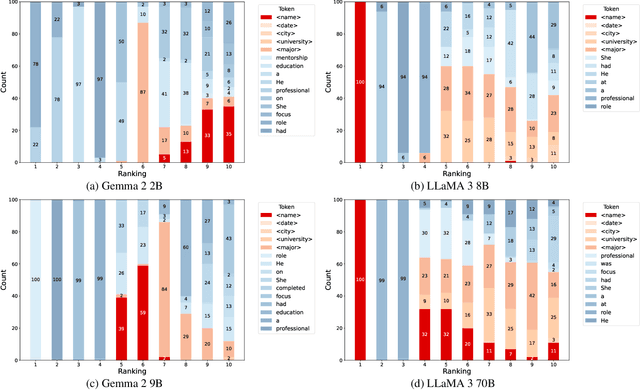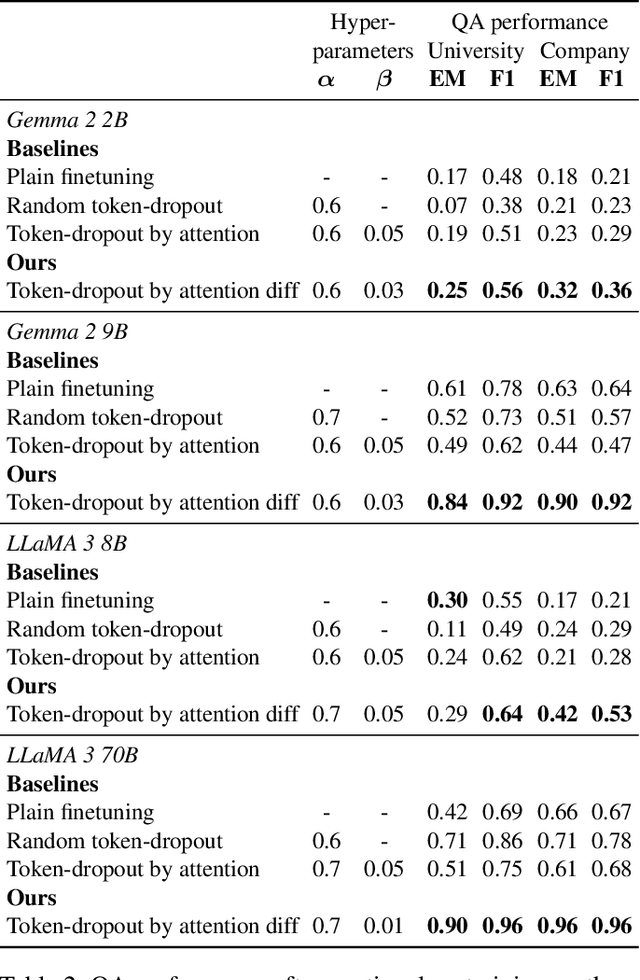Jian Gao
ComGS: Efficient 3D Object-Scene Composition via Surface Octahedral Probes
Oct 09, 2025Abstract:Gaussian Splatting (GS) enables immersive rendering, but realistic 3D object-scene composition remains challenging. Baked appearance and shadow information in GS radiance fields cause inconsistencies when combining objects and scenes. Addressing this requires relightable object reconstruction and scene lighting estimation. For relightable object reconstruction, existing Gaussian-based inverse rendering methods often rely on ray tracing, leading to low efficiency. We introduce Surface Octahedral Probes (SOPs), which store lighting and occlusion information and allow efficient 3D querying via interpolation, avoiding expensive ray tracing. SOPs provide at least a 2x speedup in reconstruction and enable real-time shadow computation in Gaussian scenes. For lighting estimation, existing Gaussian-based inverse rendering methods struggle to model intricate light transport and often fail in complex scenes, while learning-based methods predict lighting from a single image and are viewpoint-sensitive. We observe that 3D object-scene composition primarily concerns the object's appearance and nearby shadows. Thus, we simplify the challenging task of full scene lighting estimation by focusing on the environment lighting at the object's placement. Specifically, we capture a 360 degrees reconstructed radiance field of the scene at the location and fine-tune a diffusion model to complete the lighting. Building on these advances, we propose ComGS, a novel 3D object-scene composition framework. Our method achieves high-quality, real-time rendering at around 28 FPS, produces visually harmonious results with vivid shadows, and requires only 36 seconds for editing. Code and dataset are available at https://nju-3dv.github.io/projects/ComGS/.
CircuitSense: A Hierarchical Circuit System Benchmark Bridging Visual Comprehension and Symbolic Reasoning in Engineering Design Process
Sep 26, 2025Abstract:Engineering design operates through hierarchical abstraction from system specifications to component implementations, requiring visual understanding coupled with mathematical reasoning at each level. While Multi-modal Large Language Models (MLLMs) excel at natural image tasks, their ability to extract mathematical models from technical diagrams remains unexplored. We present \textbf{CircuitSense}, a comprehensive benchmark evaluating circuit understanding across this hierarchy through 8,006+ problems spanning component-level schematics to system-level block diagrams. Our benchmark uniquely examines the complete engineering workflow: Perception, Analysis, and Design, with a particular emphasis on the critical but underexplored capability of deriving symbolic equations from visual inputs. We introduce a hierarchical synthetic generation pipeline consisting of a grid-based schematic generator and a block diagram generator with auto-derived symbolic equation labels. Comprehensive evaluation of six state-of-the-art MLLMs, including both closed-source and open-source models, reveals fundamental limitations in visual-to-mathematical reasoning. Closed-source models achieve over 85\% accuracy on perception tasks involving component recognition and topology identification, yet their performance on symbolic derivation and analytical reasoning falls below 19\%, exposing a critical gap between visual parsing and symbolic reasoning. Models with stronger symbolic reasoning capabilities consistently achieve higher design task accuracy, confirming the fundamental role of mathematical understanding in circuit synthesis and establishing symbolic reasoning as the key metric for engineering competence.
SitLLM: Large Language Models for Sitting Posture Health Understanding via Pressure Sensor Data
Sep 16, 2025Abstract:Poor sitting posture is a critical yet often overlooked factor contributing to long-term musculoskeletal disorders and physiological dysfunctions. Existing sitting posture monitoring systems, although leveraging visual, IMU, or pressure-based modalities, often suffer from coarse-grained recognition and lack the semantic expressiveness necessary for personalized feedback. In this paper, we propose \textbf{SitLLM}, a lightweight multimodal framework that integrates flexible pressure sensing with large language models (LLMs) to enable fine-grained posture understanding and personalized health-oriented response generation. SitLLM comprises three key components: (1) a \textit{Gaussian-Robust Sensor Embedding Module} that partitions pressure maps into spatial patches and injects local noise perturbations for robust feature extraction; (2) a \textit{Prompt-Driven Cross-Modal Alignment Module} that reprograms sensor embeddings into the LLM's semantic space via multi-head cross-attention using the pre-trained vocabulary embeddings; and (3) a \textit{Multi-Context Prompt Module} that fuses feature-level, structure-level, statistical-level, and semantic-level contextual information to guide instruction comprehension.
SpatialVID: A Large-Scale Video Dataset with Spatial Annotations
Sep 11, 2025Abstract:Significant progress has been made in spatial intelligence, spanning both spatial reconstruction and world exploration. However, the scalability and real-world fidelity of current models remain severely constrained by the scarcity of large-scale, high-quality training data. While several datasets provide camera pose information, they are typically limited in scale, diversity, and annotation richness, particularly for real-world dynamic scenes with ground-truth camera motion. To this end, we collect \textbf{SpatialVID}, a dataset consists of a large corpus of in-the-wild videos with diverse scenes, camera movements and dense 3D annotations such as per-frame camera poses, depth, and motion instructions. Specifically, we collect more than 21,000 hours of raw video, and process them into 2.7 million clips through a hierarchical filtering pipeline, totaling 7,089 hours of dynamic content. A subsequent annotation pipeline enriches these clips with detailed spatial and semantic information, including camera poses, depth maps, dynamic masks, structured captions, and serialized motion instructions. Analysis of SpatialVID's data statistics reveals a richness and diversity that directly foster improved model generalization and performance, establishing it as a key asset for the video and 3D vision research community.
Self-similarity Analysis in Deep Neural Networks
Jul 23, 2025Abstract:Current research has found that some deep neural networks exhibit strong hierarchical self-similarity in feature representation or parameter distribution. However, aside from preliminary studies on how the power-law distribution of weights across different training stages affects model performance,there has been no quantitative analysis on how the self-similarity of hidden space geometry influences model weight optimization, nor is there a clear understanding of the dynamic behavior of internal neurons. Therefore, this paper proposes a complex network modeling method based on the output features of hidden-layer neurons to investigate the self-similarity of feature networks constructed at different hidden layers, and analyzes how adjusting the degree of self-similarity in feature networks can enhance the classification performance of deep neural networks. Validated on three types of networks MLP architectures, convolutional networks, and attention architectures this study reveals that the degree of self-similarity exhibited by feature networks varies across different model architectures. Furthermore, embedding constraints on the self-similarity of feature networks during the training process can improve the performance of self-similar deep neural networks (MLP architectures and attention architectures) by up to 6 percentage points.
HyperEvent:Learning Cohesive Events for Large-scale Dynamic Link Prediction
Jul 16, 2025Abstract:Dynamic link prediction in continuous-time dynamic graphs is a fundamental task for modeling evolving complex systems. Existing node-centric and event-centric methods focus on individual interactions or atomic states, failing to capture the structural cohesion of composite hyper-events, groups of causally related events. To address this, we propose HyperEvent, a framework reframing dynamic link prediction as hyper-event recognition. Central to HyperEvent is the dynamic construction of an association sequence using event correlation vectors. These vectors quantify pairwise dependencies between the query event and relevant historical events, thereby characterizing the structural cohesion of a potential hyper-event. The framework predicts the occurrence of the query event by evaluating whether it collectively forms a valid hyper-event with these historical events. Notably, HyperEvent outperforms state-of-the-art methods on 4 out of 5 datasets in the official leaderboard. For scalability, we further introduce an efficient parallel training algorithm that segments large event streams to enable concurrent training. Experiments validate HyperEvent's superior accuracy and efficiency on large-scale graphs. Among which HyperEvent achieves a 6.95% improvement in Mean Reciprocal Rank over state-of-the-art baseline on the large-scale Flight dataset while utilizing only 10.17% of the training time.
FaVChat: Unlocking Fine-Grained Facial Video Understanding with Multimodal Large Language Models
Mar 13, 2025Abstract:Video-based multimodal large language models (VMLLMs) have demonstrated remarkable potential in cross-modal video understanding. However, their abilities in fine-grained face comprehension remain largely underexplored. Given its pivotal role in human-centric intelligence, developing VMLLMs for facial understanding holds a fundamental problem. To address this gap, we propose FaVChat, the first VMLLM specifically designed for fine-grained facial video understanding. To facilitate its training, we construct a large-scale facial video dataset comprising over 60k videos, with the majority annotated with 83 fine-grained facial attributes. These attributes are incorporated to enrich GPT-4o-generated captions, yielding 60k high-quality video-summary pairs and an additional 170k fine-grained question-answering (QA) pairs. To effectively capture rich facial clues, we propose a hybrid model architecture composed of a general visual encoder, a dedicated facial encoder, and a mixture-of-experts-enhanced adapter for adaptive fusion of multi-source visual features. To mitigate information loss during feature transformation, we extract multi-granularity representations from the facial encoder and integrate them into the subsequent LLM. This design enhances the model's ability to comprehend and respond to questions involving diverse levels of visual details. We employ a progressive training paradigm, transitioning from video summarization to a high-quality subset of video QA, gradually increasing task complexity to enhance the model's fine-grained visual perception. We conduct extensive zero-shot evaluation on a couple of public benchmarks, demonstrating that FaVChat consistently surpasses existing VMLLMs across multiple tasks.
A Novel Trustworthy Video Summarization Algorithm Through a Mixture of LoRA Experts
Mar 08, 2025Abstract:With the exponential growth of user-generated content on video-sharing platforms, the challenge of facilitating efficient searching and browsing of videos has garnered significant attention. To enhance users' ability to swiftly locate and review pertinent videos, the creation of concise and informative video summaries has become increasingly important. Video-llama is an effective tool for generating video summarization, but it cannot effectively unify and optimize the modeling of temporal and spatial features and requires a lot of computational resources and time. Therefore, we propose MiLoRA-ViSum to more efficiently capture complex temporal dynamics and spatial relationships inherent in video data and to control the number of parameters for training. By extending traditional Low-Rank Adaptation (LoRA) into a sophisticated mixture-of-experts paradigm, MiLoRA-ViSum incorporates a dual temporal-spatial adaptation mechanism tailored specifically for video summarization tasks. This approach dynamically integrates specialized LoRA experts, each fine-tuned to address distinct temporal or spatial dimensions. Extensive evaluations of the VideoXum and ActivityNet datasets demonstrate that MiLoRA-ViSum achieves the best summarization performance compared to state-of-the-art models, while maintaining significantly lower computational costs. The proposed mixture-of-experts strategy, combined with the dual adaptation mechanism, highlights the model's potential to enhance video summarization capabilities, particularly in large-scale applications requiring both efficiency and precision.
4D SlingBAG: spatial-temporal coupled Gaussian ball for large-scale dynamic 3D photoacoustic iterative reconstruction
Dec 05, 2024Abstract:Large-scale dynamic three-dimensional (3D) photoacoustic imaging (PAI) is significantly important in clinical applications. In practical implementations, large-scale 3D real-time PAI systems typically utilize sparse two-dimensional (2D) sensor arrays with certain angular deficiencies, necessitating advanced iterative reconstruction (IR) algorithms to achieve quantitative PAI and reduce reconstruction artifacts. However, for existing IR algorithms, multi-frame 3D reconstruction leads to extremely high memory consumption and prolonged computation time, with limited consideration of the spatial-temporal continuity between data frames. Here, we propose a novel method, named the 4D sliding Gaussian ball adaptive growth (4D SlingBAG) algorithm, based on the current point cloud-based IR algorithm sliding Gaussian ball adaptive growth (SlingBAG), which has minimal memory consumption among IR methods. Our 4D SlingBAG method applies spatial-temporal coupled deformation functions to each Gaussian sphere in point cloud, thus explicitly learning the deformations features of the dynamic 3D PA scene. This allows for the efficient representation of various physiological processes (such as pulsation) or external pressures (e.g., blood perfusion experiments) contributing to changes in vessel morphology and blood flow during dynamic 3D PAI, enabling highly efficient IR for dynamic 3D PAI. Simulation experiments demonstrate that 4D SlingBAG achieves high-quality dynamic 3D PA reconstruction. Compared to performing reconstructions by using SlingBAG algorithm individually for each frame, our method significantly reduces computational time and keeps a extremely low memory consumption. The project for 4D SlingBAG can be found in the following GitHub repository: \href{https://github.com/JaegerCQ/4D-SlingBAG}{https://github.com/JaegerCQ/4D-SlingBAG}.
Enhancing elusive clues in knowledge learning by contrasting attention of language models
Sep 26, 2024



Abstract:Causal language models acquire vast amount of knowledge from general text corpus during pretraining, but the efficiency of knowledge learning is known to be unsatisfactory, especially when learning from knowledge-dense and small-sized corpora. The deficiency can come from long-distance dependencies which are hard to capture by language models, and overfitting to co-occurrence patterns and distracting clues in the training text. To address these issues, the paper proposes a method to enhance knowledge learning during language model pretraining, by enhancing elusive but important clues in text discovered by the language model themselves. We found that larger language models pay more attention to non-obvious but important clues, which are often overlooked by smaller language models. Therefore, we can identify these clues by contrasting the attention weights of large and small language models. We use the identified clues as a guide to perform token-dropout data augmentation on the training text, and observed a significant boost in both small and large models' performance in fact memorization. This shows that the behavior contrast between more and less-performant language models contains important clues for knowledge learning, and it can be ``amplified" for a straight-forward improvement in knowledge learning efficiency.
 Add to Chrome
Add to Chrome Add to Firefox
Add to Firefox Add to Edge
Add to Edge